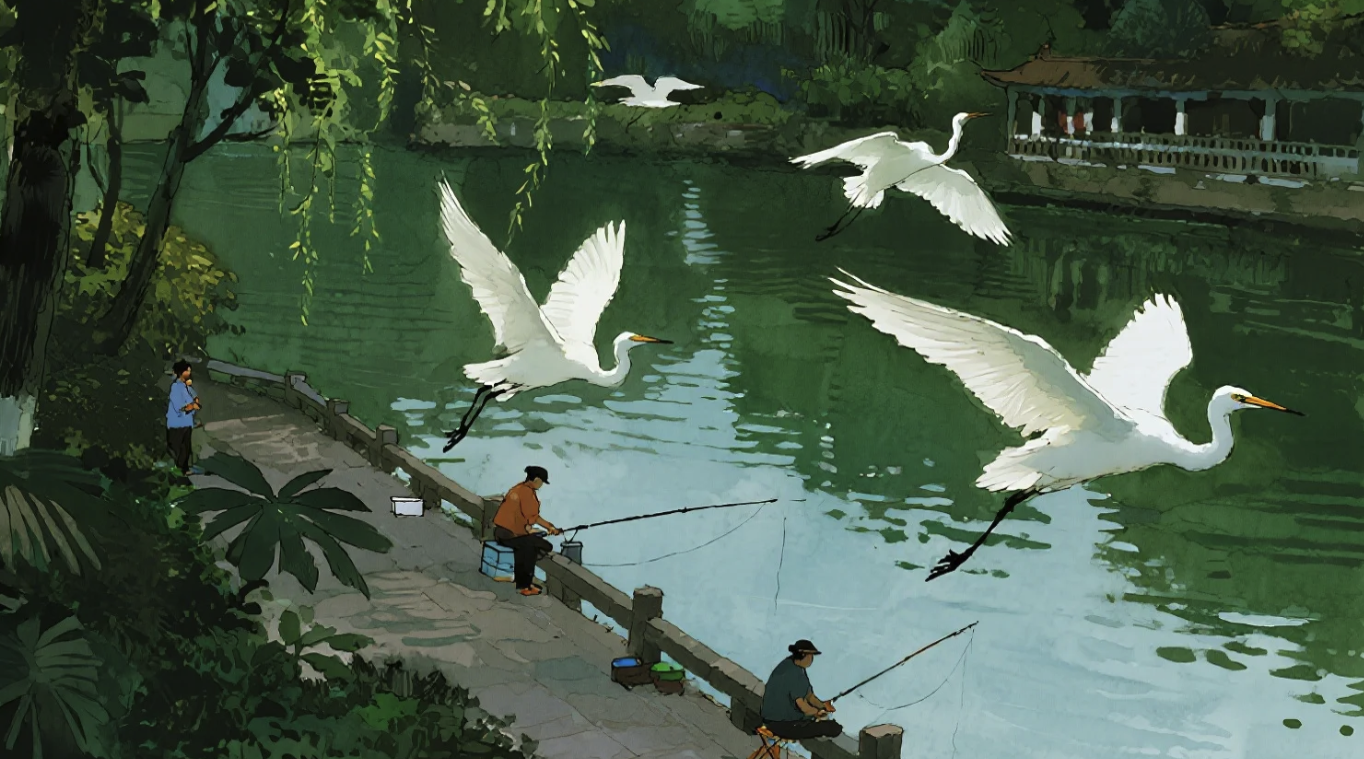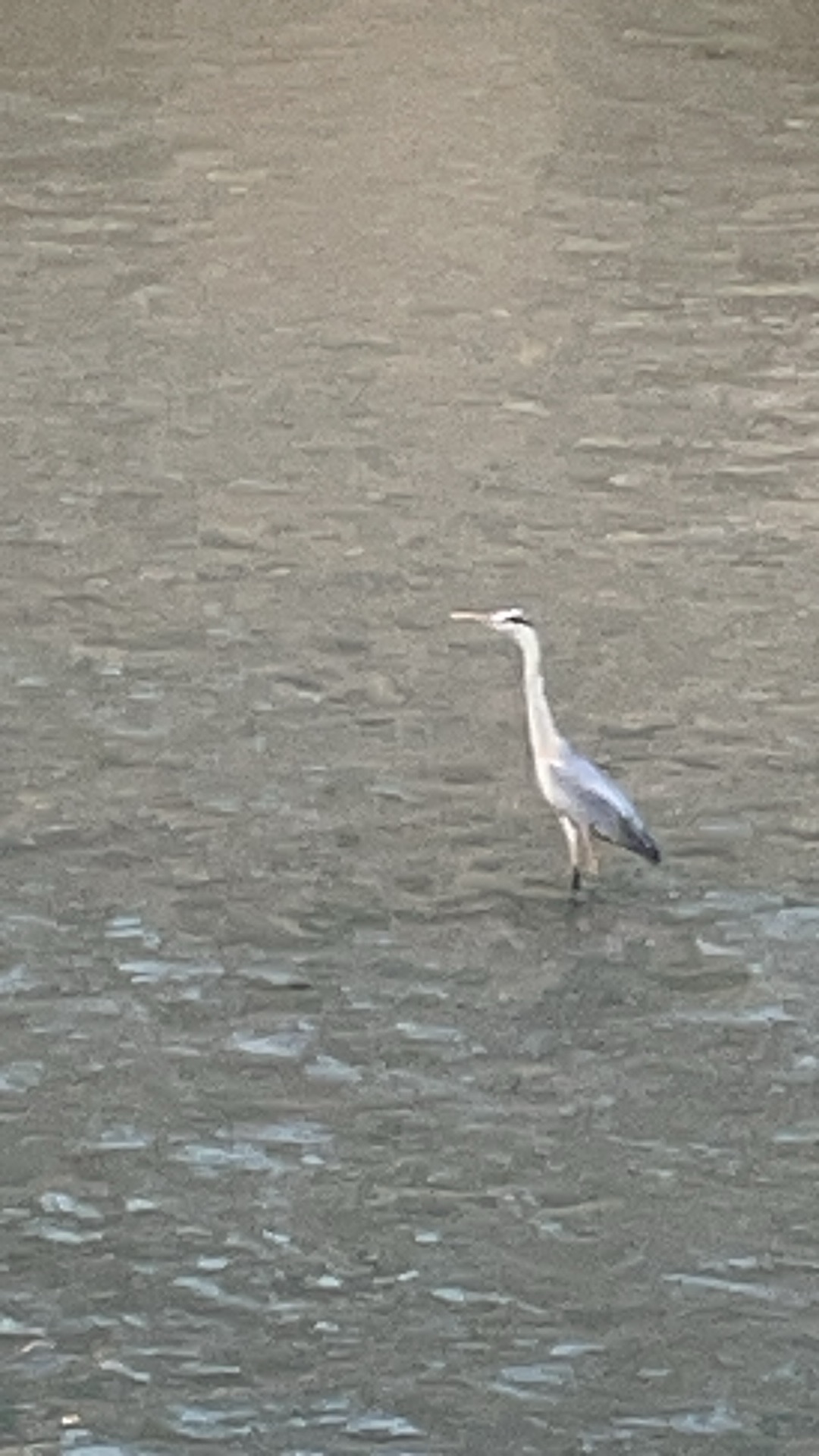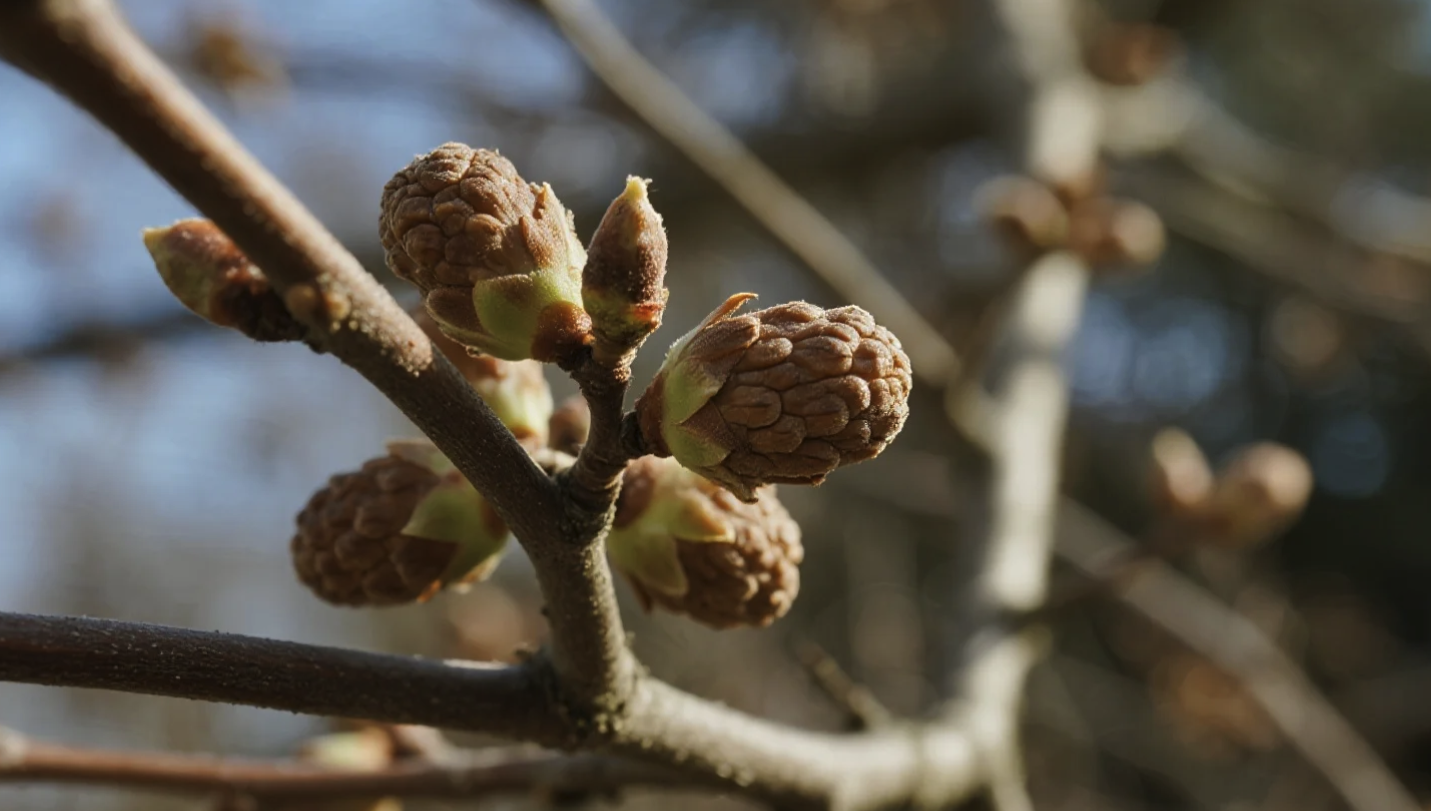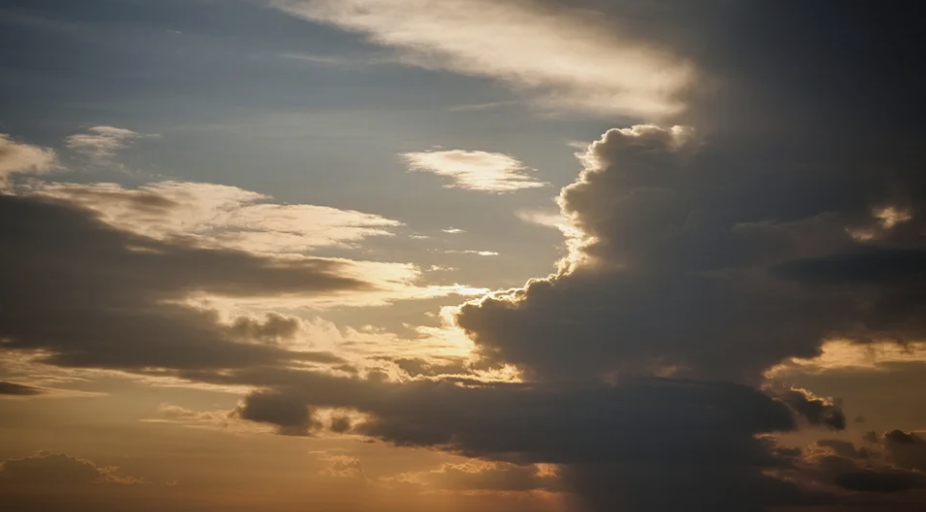
OUR LIFE, OUR NATURE
Connecting Science, Education & Art through Nature Observation
Discover • Observe • Record
Scroll to explore

Welcome to Nature Connection
Embark on a journey of discovery through the art and science of nature journaling. Learn to observe, document, and connect with the natural world around you through proven techniques and methodologies.
Scientific Method
Apply rigorous observation techniques and data collection methods to understand natural phenomena and ecological relationships.
Educational Approach
Structured learning experiences that build knowledge progressively, from basic observation skills to advanced ecological understanding.
Artistic Expression
Combine scientific accuracy with creative expression through sketching, painting, and visual documentation techniques.
Nature Journaling Techniques
Master the fundamental skills of nature observation and documentation through these proven methodologies.

Field Sketching
Learn to capture the essence of wildlife and natural subjects through quick, accurate sketches that focus on key identifying features and behaviors.
- • Start with basic shapes
- • Focus on proportions
- • Note distinctive features
- • Practice gesture drawing
- • Use simple tools

Scientific Observation
Develop systematic observation skills that combine careful documentation with scientific methodology for accurate data collection.
- • Record date and time
- • Note weather conditions
- • Measure and quantify
- • Use consistent terminology
- • Document changes over time

Botanical Studies
Explore plant life through detailed anatomical studies, seasonal changes, and ecological relationships within their environments.
- • Study leaf shapes and arrangements
- • Document flower structures
- • Note seasonal changes
- • Record habitat preferences
- • Identify key characteristics

Wildlife Behavior
Observe and document animal behaviors, interactions, and ecological roles through patient observation and systematic recording.
- • Observe from a distance
- • Note behavior patterns
- • Record feeding habits
- • Document social interactions
- • Track movement patterns
Sample Journal Pages

Morning Bird Watch
Grey Heron study with feeding behavior and wetland habitat observations

Seasonal Plant Study
Spring bud break study documenting the emergence from winter dormancy

Landscape & Weather
Dramatic cloud formations study with light patterns and atmospheric conditions
Essential Tips for Success
Start Simple
Begin with basic observations and gradually build complexity as your skills develop.
Be Consistent
Regular practice and consistent documentation lead to improved observation skills.
Stay Curious
Ask questions about what you observe and seek to understand the 'why' behind natural phenomena.
Use All Senses
Engage sight, sound, smell, and touch to create rich, multi-dimensional observations.